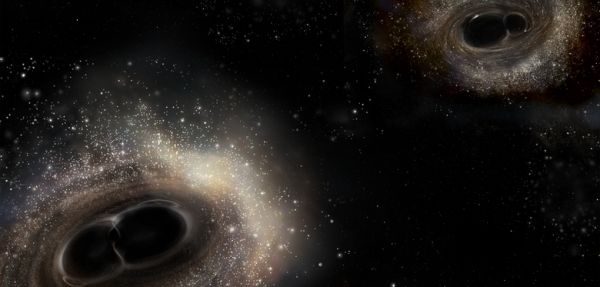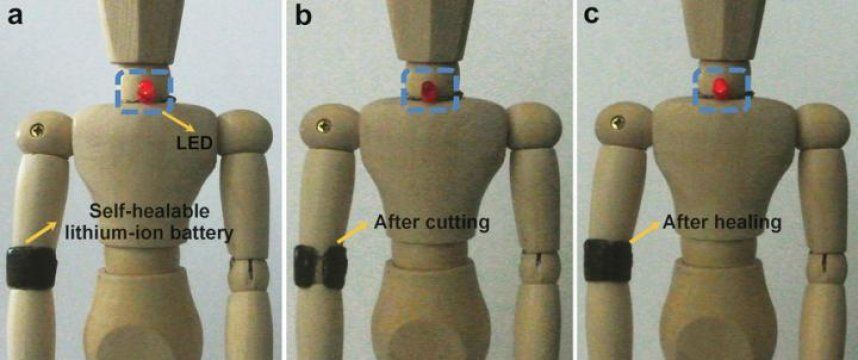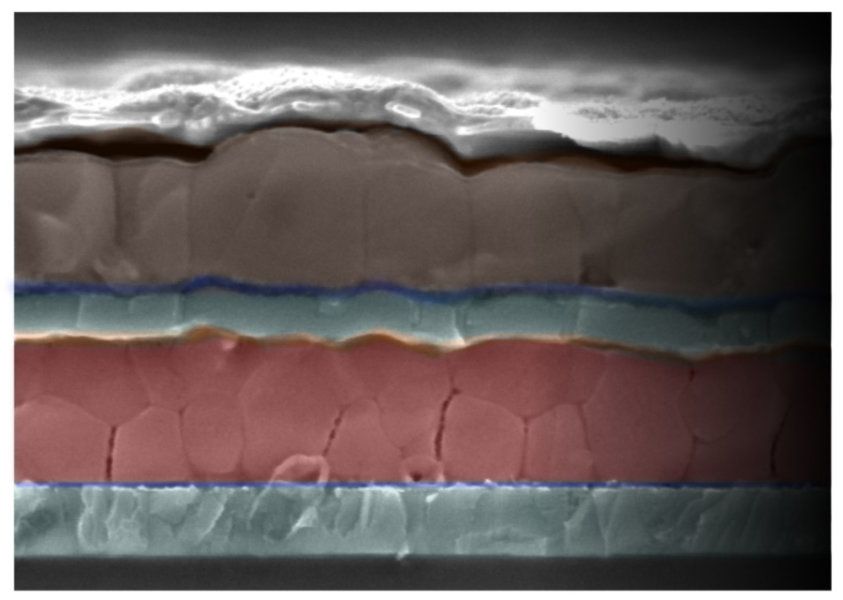
How, then, could we tell a gravastar from a black hole? It would be almost impossible to “see” a gravastar, because of the same effect that makes a black hole “black”: any light would be so deflected by the gravitational field that it would never reach us. However, where photons would fail, gravitational waves can succeed! It has long since been known that when black holes are perturbed, they “vibrate” emitting gravitational waves. Indeed, they behave as “bells”, that is with a signal that progressively fades away, or “ringsdown”. The tone and fading of these waves depends on the only two properties of the black hole: its mass and spin. Gravastars also emit gravitational waves when they are perturbed, but, interestingly, the tones and fading of these waves are different from those of black holes. This is a fact that was alreadyknown soon after gravastars were proposed.
After the first direct detection of gravitational waves that was announced last February by the LIGO Scientific Collaboration and made news all over the world, Luciano Rezzolla (Goethe University Frankfurt, Germany) and Cecilia Chirenti (Federal University of ABC in Santo André, Brazil) set out to test whether the observed signal could have been a gravastar or not.
When considering the strongest of the signals detected so far, i.e. GW150914, the LIGO team has shown convincingly that the signal was consistent with the a collision of two black holes that formed a bigger black hole. The last part of the signal, which is indeed the ringdown, is the fingerprint that could identify the result of the collision. “The frequencies in the ringdown are the signature of the source of gravitational waves, like different bells ring with different sound”, explains Professor Chirenti.
Continue reading “‘Dark-Energy Star’ or ‘Black Hole’ --Scientists Question Source of LIGO Detection of Gravitational Waves” »

















